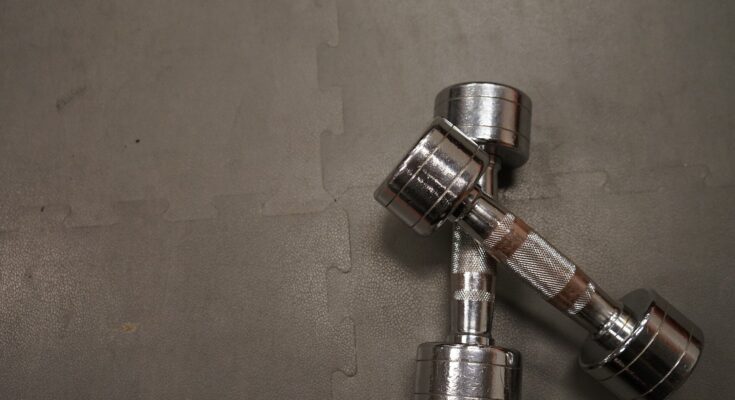
Menopause affects women all the way to their bones, and that is why building skeletal health is especially important during perimenopause and after menopause, says May Al-Araji, MBChB, a women’s health and family medicine expert at Mayo Clinic Healthcare in London. This is a good time to add strength-training activities such as weightlifting to your exercise routine, Dr. Al-Araji says.
“Menopause has a multisystem effect. It can affect you literally from top to bottom, including your skin, hair, brain, central nervous system, heart, organs and skeletal system,” she explains.
Putting stress on bones during perimenopause and after menopause can increase bone density and reduce the risk of osteoporosis.
“Weight-resistance exercises are really key for bone health,” Dr. Al-Araji says.
But that doesn’t mean that you must become a bodybuilder.
“It’s all about resistance,” Dr. Al-Araji explains. “You build it up gradually.”
For example, rather than starting out with barbells or dumbbells, try exercising with resistance bands, also called resistance-tubing. You can also use your body’s weight to create resistance while exercising. For a variety of exercises, ranging from lunges using the body as resistance to resistance-band workouts to exercises with free weights and weight machines, find Mayo Clinic strength-training videos here.
Women approaching or passing menopause can also build bone health by not smoking and by adopting a healthy diet, including foods high in vitamin D such as fortified milk, cereal and fatty fish such as salmon, mackerel and sardines, and high in calcium, including dairy products, almonds, broccoli, kale, salmon, sardines and soy products. If you are not getting enough vitamin D from your diet, talk with your health care team about supplements, Dr. Al-Araji advises.
It’s also important to achieve and maintain a healthy weight, with one important caveat, Dr. Al-Araji says, “Try to avoid rapid weight loss. The bones don’t like it. Our bones like very gradual weight loss, built over time.”
If you are trying to lose weight rapidly, it’s important to work with your health care team on a plan to minimize bone loss, she adds.
Hormone replacement therapy and other medications may be considered when osteoporosis is diagnosed in women who are experiencing perimenopause or menopause, Dr. Al-Araji says.
When should a woman approaching perimenopause or in her postmenopausal years be concerned that she might be having bone problems? There are several signs that should prompt a visit to your health care team, Dr. Al-Araji says,
- If you are experiencing burning pains in your bones.
- If your bones ache.
- If you break a bone from a simple fall. This is known as a fragility fracture. For example, if you fall from your own height (such as a fall from slipping or tripping) and break a bone.
- If you are on medications that suppress your immune system, known as immunosuppressants.
- If you are taking corticosteroids.
- If you have a family history of osteoporosis.
- If you have an autoimmune disease such as rheumatoid arthritis.
- If you had an X-ray and it showed bone thinning, known as osteopenia.
In general, though, concern about bone health shouldn’t prompt women to avoid exercise for fear of damaging their bones, Dr. Al-Araji says.
“As long as you’re doing something that you are comfortable with, then I would encourage any form of exercise, even as simple as walking,” she says. “Brisk walking is ideal. Just get your heart pumping a bit more than usual for you, and get a bit of sweaty skin. That is the ideal exercise really, and the general advice is to walk 30 minutes at least five times a week, if possible.”
Citation:
Perimenopause, menopause and weightlifting? Expert explains value for bone health (2024, September 5)
retrieved 5 September 2024
from https://medicalxpress.com/news/2024-09-perimenopause-menopause-weightlifting-expert-bone.html
This document is subject to copyright. Apart from any fair dealing for the purpose of private study or research, no
part may be reproduced without the written permission. The content is provided for information purposes only.
Source link




